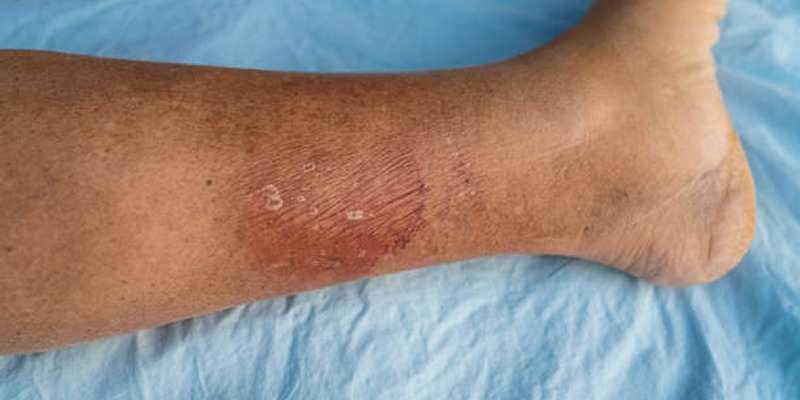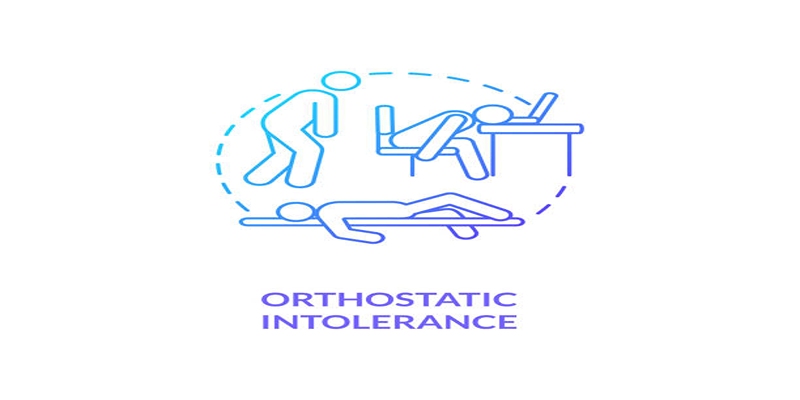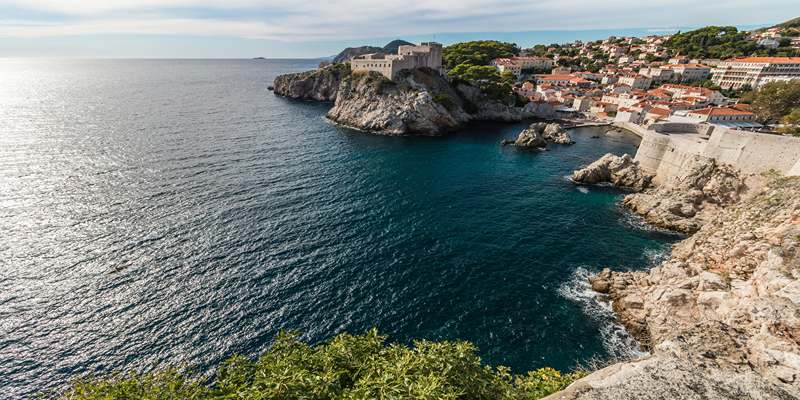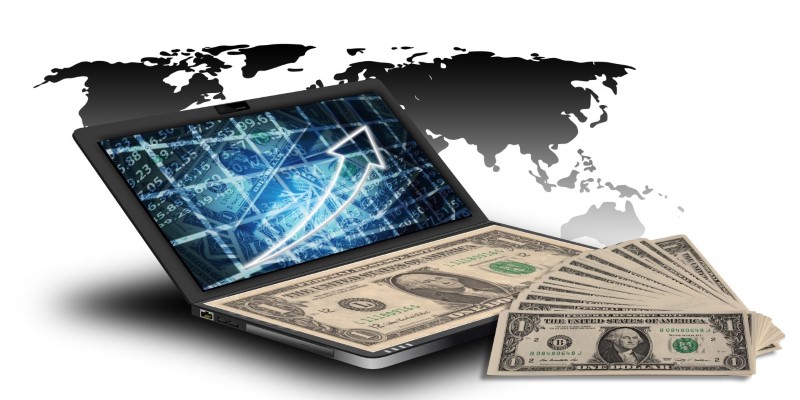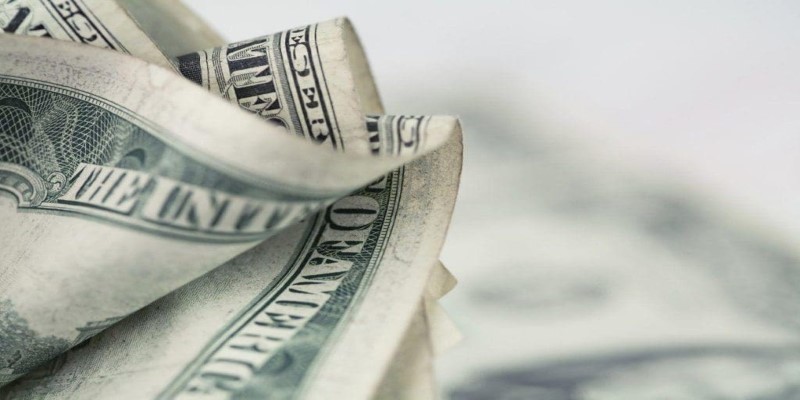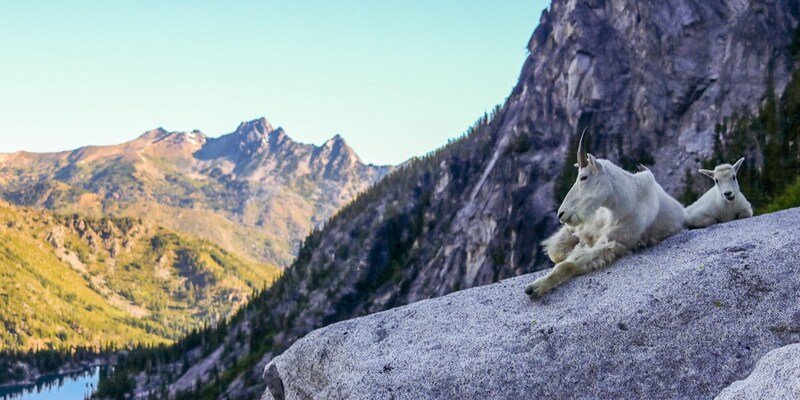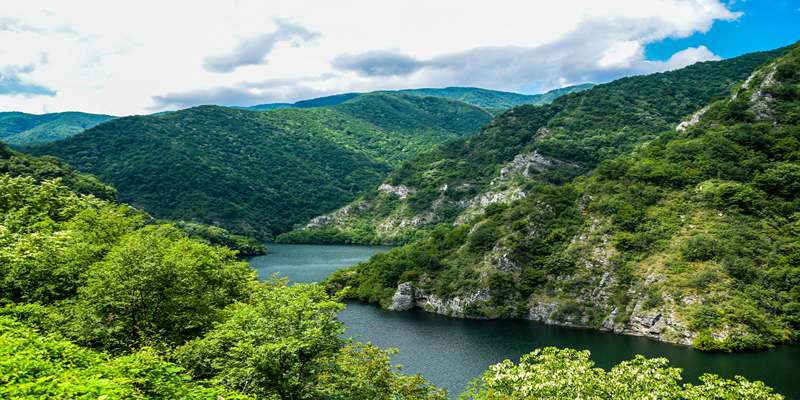Essential Information to Prepare for Your Trip to Nepal
Going to Nepal gives me a memory that is hard to forget, which includes beautiful scenery, colorful cultures, and exciting adventures. As this country has different lands, special customs, and both old and new influences mixed, you need to know the main points before your trip. This article will guide you on how to navigate their cultural manners or keep safe when walking in high mountain areas, things everyone should be aware of before they come trip to Nepal to get the most from their vacation.
Understanding Nepal’s Currency and Financial System
Nepal's official money is the Rupee (NPR), which is very important for regular buying and selling. In places where tourists often go, they might take other country's money like US dollars or euros but using the native currency can make things easier. The best places to change your money are dealers who have licenses, big banks, or counters in airports because their rates of exchange are better than those without control.

In cities such as Kathmandu, ATMs are easily found. However, travelers must remember that limits exist for daily withdrawal from these machines and fees may be applied to international transactions. In city areas, credit cards, especially those of Visa and Mastercard brands- are commonly accepted but for more distant locations cash is still needed. For a hassle-free journey experience, it is wise to arrange your money matters ahead which includes bringing enough cash during trekking activities and gaining knowledge about currency conversion rates.
Health Precautions and Vaccinations for Nepal
It is very important to make sure you are in good health before traveling to Nepal. Vaccinations that might be recommended could include hepatitis A and B, typhoid, rabies, and Japanese encephalitis. This can vary based on how many days you will stay and where your journey will take you. For people who plan to hike in high-altitude areas, there is a big worry about altitude sickness.
For reducing risks, slowly getting used to new environments, keeping hydrated, and having needed medicines are suggested. It is also good advice to have full travel insurance which includes medical emergencies such as problems related to altitude. Drinking water from bottles that have been purified, not eating food that is raw or not fully cooked, and using hand sanitizers are easy but useful methods for remaining healthy during your journey.
Respecting Nepalese Cultural Etiquette
Nepal possesses a deep cultural heritage that needs respectful treatment from the visitors. The usual greetings are to bring both palms together and say "Namaste". It is important not to wear revealing clothes, particularly when going to religious places or the countryside where covering shoulders and knees is required.
One should always go clockwise around religious buildings and ask for allowance if wanting to take pictures in holy places. It is a common custom to use your right hand when eating or sharing things, as the left hand has a view of being unclean. Showing love publicly here isn't encouraged. Comprehending these subtly different cultures helps create strong bonds with local people while showing respect towards their traditions.
Navigating Nepal’s Culinary Landscape
Food from Nepal shows the diverse culture and geography of this country. Meals such as Dal Bhat, Momos, and Thakali Thali display strong tastes and old-fashioned ways of cooking. When you are trying different food places in that area, give more attention to those who keep cleanliness a priority. Consuming water from bottles, not consuming ice unless it's made with clean water, and eating meals that are freshly cooked can lessen health risks.

To have a more profound cultural exposure, think about joining in cooking lessons to discover how to cook real Nepalese food. People who don't eat meat won't struggle because there are many choices since plant-based eating habits are very common in Nepal. Knowing about food safety steps improves your cooking adventure and makes sure you have an unforgettable culinary experience.
Connectivity Solutions for Travelers
Linking up in Nepal is fairly easy in city areas, but it becomes tough when you are in distant places. In cities like Kathmandu and Pokhara, Wi-Fi can be usually found for free at hotels or cafes. One good option to stay connected consistently would be purchasing a SIM card from local service providers such as Nepal Telecom or Ncell. These SIM cards provide reasonable data plans that are appropriate for tourists with short stays.
Phone connection is dependable in urban areas and well-known trekking paths, but it becomes less frequent in remote places. Bringing power banks or solar chargers makes sure your gadgets keep working, especially during lengthy hikes. If you plan well, it is possible to maintain communication while honoring the local traditions. This lets you blend comfort with experiencing their culture fully.
Personalized Safety Tips for Travelers in Nepal
When you travel to Nepal, keep in mind that safety is very important due to its different landscapes and activities. In cities, be cautious of pickpockets. During treks, it's necessary to follow safety guidelines like staying on marked paths and being ready for sudden weather changes.
If you plan on trekking at high places, having insurance for emergency evacuation is key because rescue services can get expensive. Learn emergency contact numbers and stay updated about the local situation. Being conscious regarding safety guarantees a safe, pleasurable journey while discovering Nepal's marvels.
Conclusion
Going to Nepal is an exciting trip that merges stunning nature, vibrant culture, and adventurous activities. Knowing about the local money system, following health measures, being mindful of cultural customs, smartly exploring the food culture, keeping in touch with loved ones at home, and focusing on safety can all improve this experience making it unforgettable. Good planning and wise decisions enable you to truly appreciate the essence of Nepal as well as manage its distinct difficulties easily.

